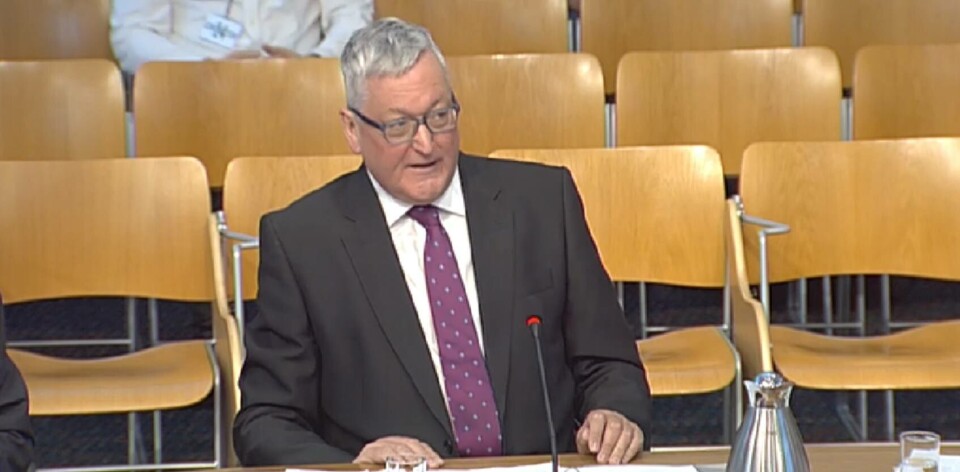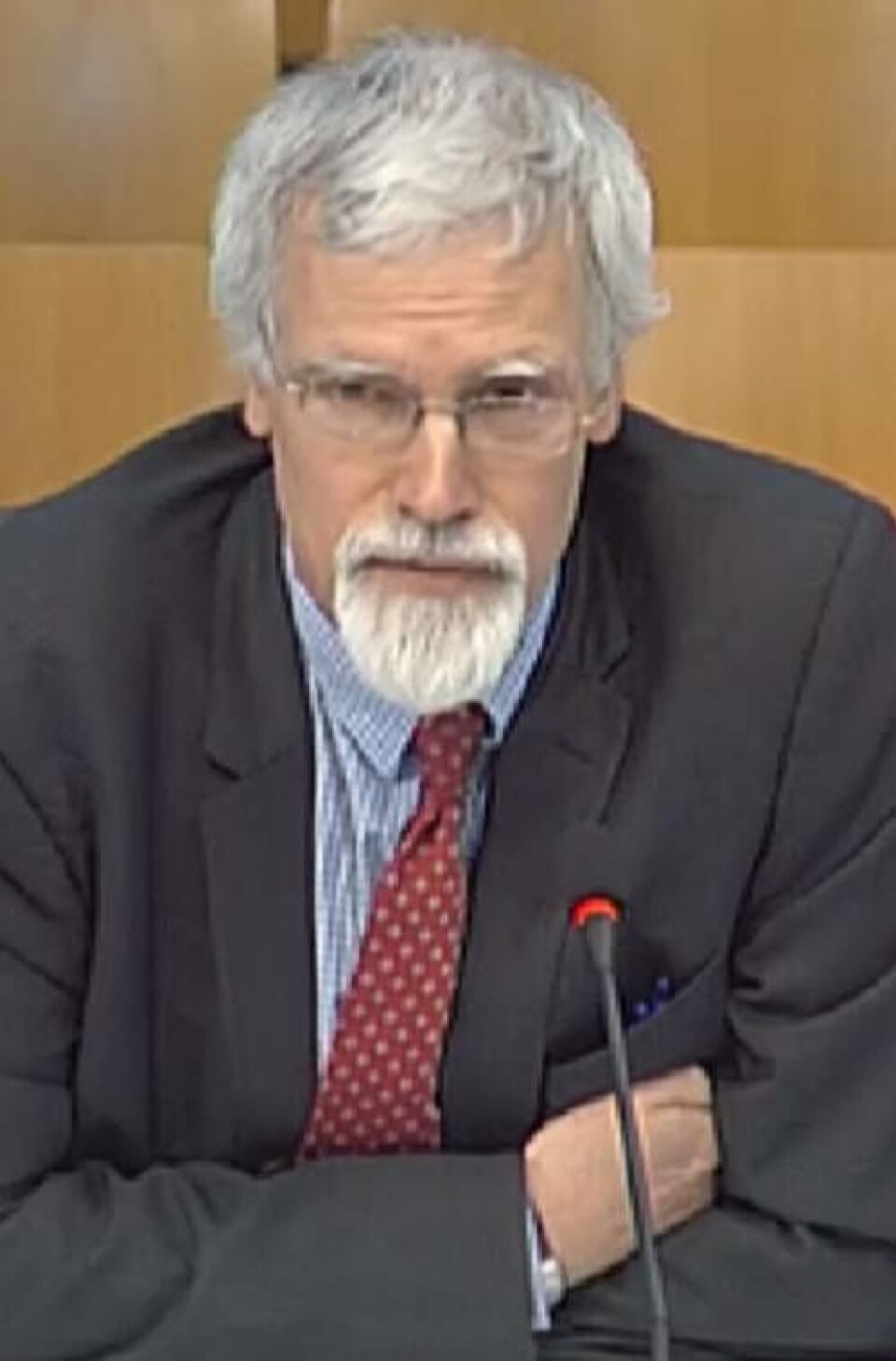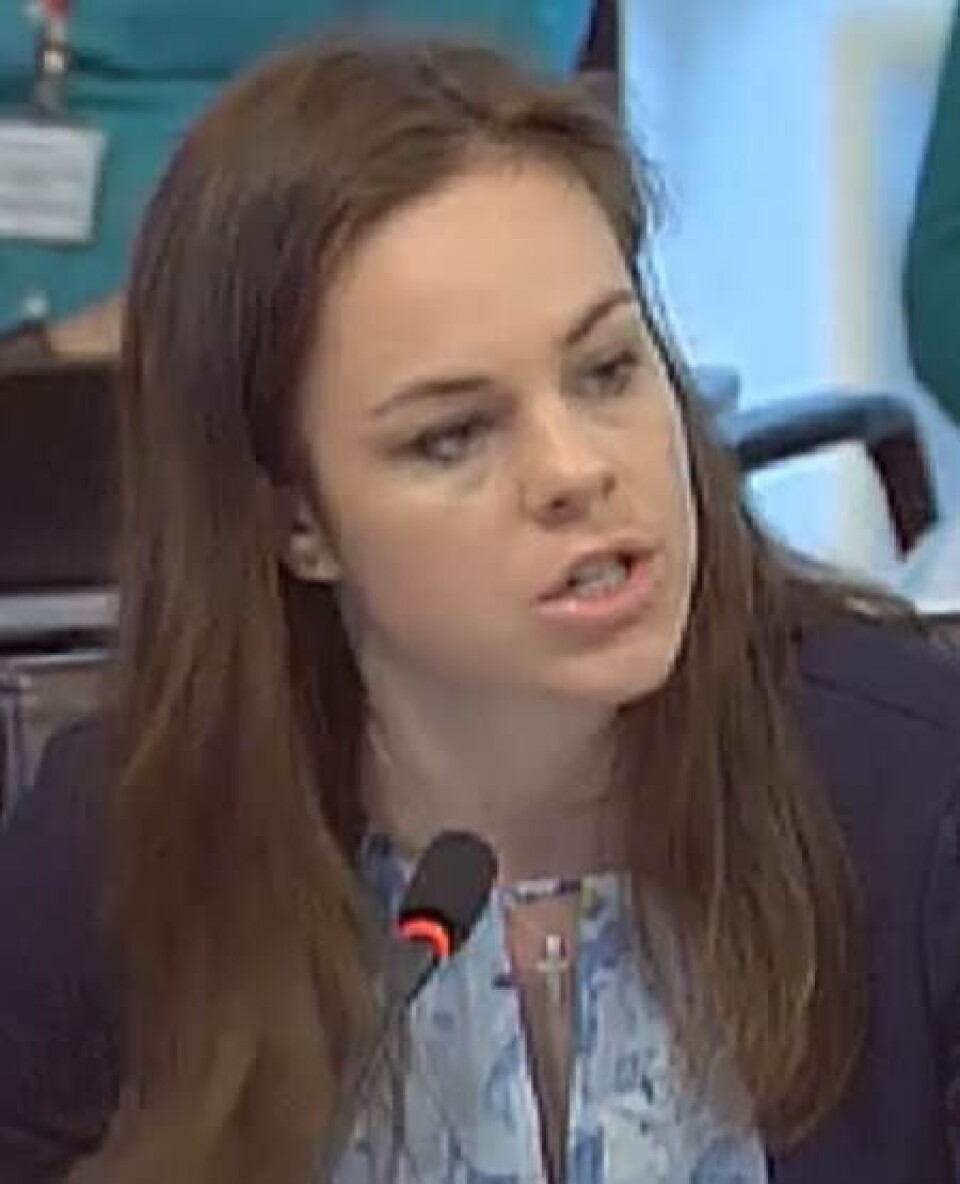
Ewing keen for ‘green’ salmon farm licences
Rural Economy Secretary Fergus Ewing is “very keen” to introduce a Norway-style incentive scheme to encourage and enable Scottish salmon farmers to try new and innovative methods and technologies.

Ewing also said that the Norwegian concept of auctioning farm licences was also being considered for Scotland.
The minister was speaking as a witness at the sixth and final evidence session of the salmon farming inquiry being held by the Scottish Parliament’s Rural Economy and Connectivity committee.
West Scotland MSP Jamie Greene (Con) said the inquiry had taken a lot of evidence about Norway “due to their similarities to our industry here” but pointed out the Norwegian government had a much more top-down approach and that their salmon industry had seen much more growth.
He asked what lessons could be learned by Scotland, adding: “What would the Cabinet Secretary say to us as a committee in terms of some of the areas that we should be concentrating on to ensure that the Government takes a much bigger role in the industry moving forward?”
Major role
Ewing replied: “I think the Government does take a major role in providing leadership and the [Aquaculture] Industry Leadership Group, which the Scottish Government attend, brings together on a team Scotland basis the public and private sector.”
He said the Government did take a top-down approach by legislating but added that Greene was correct to say there were opportunities to learn from the Norwegians.
“They have a green licence system where the fee is reduced for companies that trial new technologies, whether that’s closed containment or some other form of dealing with sea lice or other challenges,” said Ewing.
“That’s one example where we can maybe incentivise innovative suggestions and models, innovative for best practice in the environment or trialling new methods and technologies, with a lower fee. I am very keen to adopt that sort of lever in government, and rather than sort of general statements that Norway’s brilliant and Scotland is not brilliant or whatever, if the committee can identify specific examples of where you believe we can learn more from Norway, of course, I’m happy to follow that up.”
Greene then referred to the Norwegian licensing system, pointing out that licences are released in tranches at fixed price cost but also via an auction process. He said the process generated substantial amounts of revenue for the government, around 80% of which was devolved to the coastal municipalities where the farming takes place.
Deep pockets
He asked: “Has the Scottish Government given a lot of thought to the concept that they may introduce some form of auction processes to these licences which, as is the case in Norway, don’t just benefit large operators with deep pockets but also have the ability for smaller, newer producers and operators to participate in those auctions as well, and what they have given to how that may be achieved either via legal means, regulatory means or indeed legislation itself?”
Ewing replied: “Yes, we have considered this on the Aquaculture Industry Leadership Group, and yes, we shall be considering this further in the course of the Consenting Review.”

The other witnesses at the evidence session were Mike Palmer, Marine Scotland’s deputy director for aquaculture, Crown Estate, recreational fisheries, EMFF and Europe Division; Alastair Mitchell, Marine Scotland’s head of aquaculture and recreational fisheries; and Charles Allan, head of the Fish Health Inspectorate.
Constant review
In response to a question from North East Scotland MSP Peter Chapman (Con), about whether the Scottish Government had adopted industry targets for growth without a robust assessment of the capacity of the environment to cope with that expansion, Ewing stressed that they were industry targets, not the Government’s and that growth had to be sustainable.
Palmer said regulatory agencies were constantly reviewing models to ensure sustainability. The Scottish Environment Protection Agency (SEPA) had developed its Depositional Zone Regulation, and the Scottish Shelf model, a new approach to hydrodynamic modelling, allowed more accurate predictions of the effects of sites.
John Finnie (Highlands and Islands, Green Party) said that although the value of fish farming jobs was immense, the “precautionary principle” should apply, and suggested Ewing should be calling for an immediate moratorium of expansion pending the resolution of biological issues.
Ewing said regulators already took a precautionary approach, while Palmer said the precautionary principle was already embedded at all levels: “It is alive and kicking and something that we cherish very much.”

Kate Forbes (Skye, Lochaber and Badenoch, SNP) wanted to know when the Farmed Fish Health Framework( FFHF) being devised by industry and regulators would be published, and whether it would be compulsory.
Fish mortality data
Ewing said it would be published relatively soon and would include a commitment to publish fish mortality causes. Asked by committee convener if he could give an exact date for the Framework, Ewing repeated that it would the “relatively soon”.
Stewart Stevenson (Banffshire and Buchan Coast, SNP) said he wanted to hear what the Government was doing to help the industry raise its game to Norwegian levels in terms of publishing up-to-date lice data and other information. Scottish figures are three months old, whereas Norwegian figures are two weeks old.
Allan said: “The trick that is to be gained is to make sure any data that is to be published is correct and accurate. Unfortunately, that does take some time, which would explain part of the time lag. We are considering how we publish our own data, and indeed we will be seeking to publish information collected under the regulatory regime separately to that of industry. So there will be more than one set of data available.
“At a higher level, the Farmed Fish Framework is seeking to address the provision of data on sea lice.”
Marking its own homework
Greene asked: “Why are we coming at this from the view that it is up to industry to mark its own homework in this respect? Why isn’t Government taking the lead, as is the case in Norway?”
Stevenson wondered if it wouldn’t be better to have just one set of figures, from a Government department.
Palmer said transparency and data flows were perhaps the first focus of the FFHF, “making sure that we are taking a leadership role with the industry”.
Mountain said given that most of the companies that operate in Scotland also operate in Norway, he didn’t understand why data provided in a timely fashion in Norway couldn’t also be done here.
New information
Ewing said there was more to be done and the reasons behind that would be considered in the FFHF.
Mitchell said there had been a very significant government investment in Norway to deliver the website that provided lice numbers and fish health information, and that it was a relatively recent development. He added: “It is very much the case that we would to get into that space over time, but that may cost money, and currently the SSPO [Scottish Salmon Producers’ Organisation] coordinates all of the data, and that’s part of the issue that we need to work through.”
At the end of the session, Mountain said the committee would welcome new information from SEPA and on the FFHF, both of which would “allow us to consider the whole industry and the whole issue that we have been considering as a round”.























































